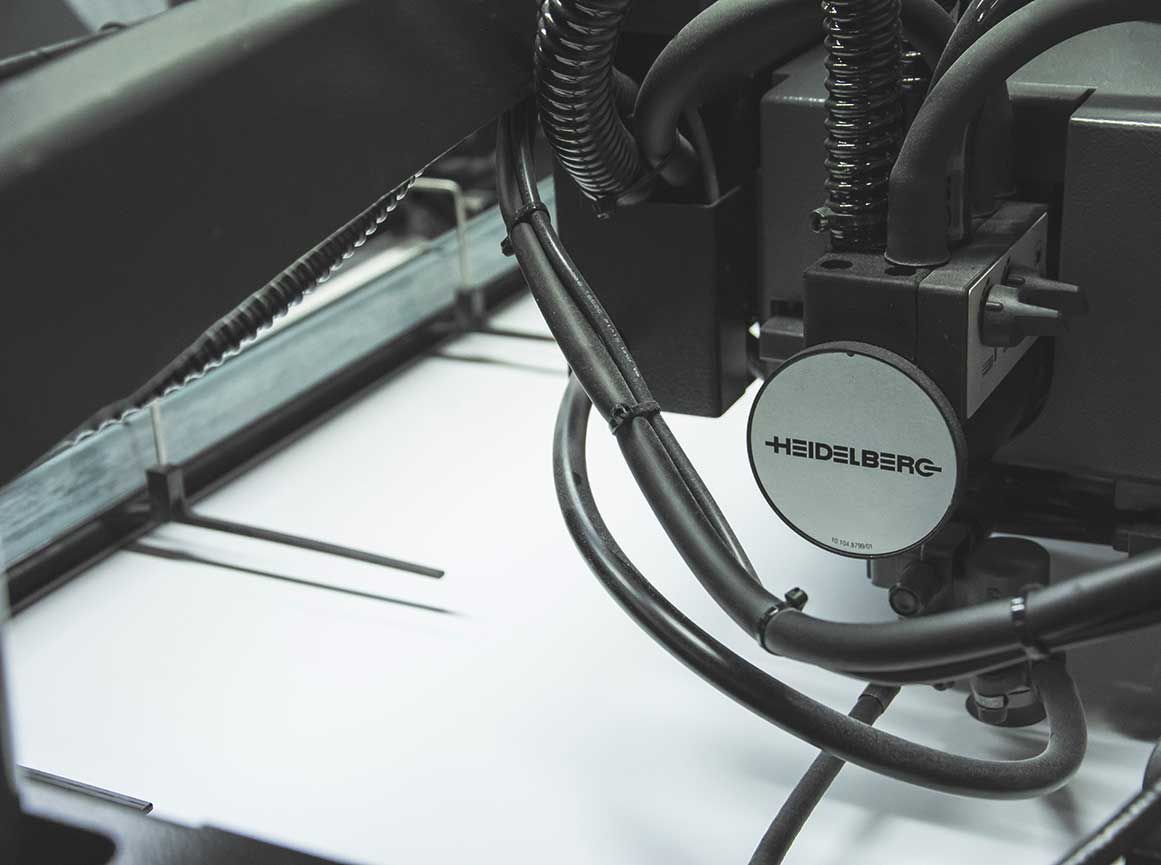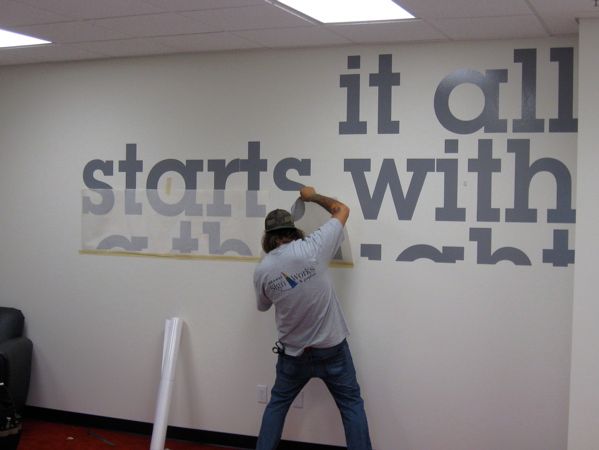

Our website highlights some of the signs we have produced and installed during our many years of operation. To see a small selection, check out our Project Gallery and Sign Product Links. For some quick examples, see below:
- ADA, Suite and Wayfinding signs are needed in every every space - retail or corporate.
- Channel Letters are top of the line signs that attract the most attention and get the best results.
- Digital Graphics are a great option for interior, exterior, vehicles and more.
- Dimensional Letters (not internally illuminated) are an excellent choice for exterior or interior signs.
- Reception or Lobby Signs can make a bold statement and welcome visitors to your space.
- Exterior Signs have many options such as sandblasted, dimensional, plaques, electrical, handpainted, traffic/wayfinding and more.
- Monument Signs offer companies the chance to advertise in high traffic areas.
- Vinyl Graphics are an easy and simple solution for windows, panel signs, vehicles, and interior design elements.
- We also specialize in traffic or parking signs, directional signs, or tradeshow supplies, and have many solutions to fit your needs.
Request an Estimate
To request a sign or graphic estimate or get help with a project, visit our Products & Services area. To find helpful information, search Resources & Support. To learn more about us, browse through our Company Information section. Miramar Sign Works & Graphics is a vendor for today and tomorrow!
We also offer green sign products and work with environmentally friendly vendors.
GEMINI INCORPORATED, Awarded the Minnesota Green Star Facility Award from the Minnesota Pollution Control Agency. Feel free to go to the Site Search at any time if you're having trouble locating a particular item. If there's anything we can do to improve our site, please let us know.
Craft A Company Narrative – The Story of You
In the past few years, the business world has made much ado about the concept of branding—many people throwing around twelve-dollar phrases like “crafting your brand,” “incorporating a solid brand,” and so on.
While this terminology is popular among marketing aficionados, it has unfortunately acquired buzzword syndrome: the word “brand” gets tossed around willy-nilly without anyone taking the time to define it, which leads to a lot of misunderstanding.
Plus, when important business concepts are transformed into jargon, it isolates those ideas from the common folks—simple business people who just want to create a great service and maximize exposure for their product.
Thankfully, there’s a simpler way to communicate the same idea. When marketers talk about the importance of a brand, what they are really talking about is your company’s personal narrative. Stories are the heart of branding—communicating what makes a company your company.
In ancient Greece, they had their own marketingesque buzzword for this very idea: “Ethos.” The idea of ethos is an appeal to strength of personal character.
You can hear ethos in action when politicians emphasize their great family values or talk about their favorite football teams. These aren’t things that directly relate to the service they provide—in their case, the ability to govern. Rather, these facts communicate their stories. A politician with a strong ethos isn’t just qualified to govern—they’re also the kind of person you’d want to sit down and grab coffee with.
In other words, whether you call it your brand, ethos or just your story, it’s incredibly powerful to be able to craft a company narrative.
Talk About Your Before
The first step in your company’s story is the before—everything that brought you to where you are now.
On your company’s “About” webpage and marketing materials, discuss how the company was formed. Talk about your humble origins, struggles and eventual victories. Discuss the human process—the motivations and emotions that crafted your company’s history.
Remember, the point here is to tell a story. Avoid corporatese—instead of saying “Company X was crafted out of a desire to improve the world,” talk about the specific life experiences your founder had that brought them to this singular, important idea.
Describing one poignant example in detail is often more effective than a whole bucket of generalities.
Talk About Your Now
As you develop your story and come to the present, it’s time to discuss your progress, current strides forward and how you’ve achieved the goals you set out to achieve during your company’s birth.
Alternatively, you can talk about how the objectives you started with were unrealistic or misplaced, and now you have a new vision. The point is to be true to your story. Authenticity lends you a strong authority.
Note that while you are sharing your company history, your narrative is fundamentally not about you. This is about how your constituents fit into your story. People want to be part of the story; they want to come alongside an organization that they can relate to and be inspired by.
Talk About Your Bright Tomorrow
While the power of specificity still reigns in this final part of your story, this is the section where you can wax on about your business’ vision for the future.
Paint a picture of your future goals in light of your previous achievements and initial vision, drawing your narrative full circle. Be as excited about your plans as your readers should be.
Again, emphasize your loyal customers’ and friends’ role in your future success: affirm that you’ll be able to serve them even better in the future, thanks to their continued support. They are your future!
Above all, remember that the key to a good story is the human element: people want to relate. Authenticity is shown to be one of the biggest draws for the millennial generation, and conveying a compelling story is a big first step in that direction.
Everyone wants to be part of a story. Show that yours is worth joining.














